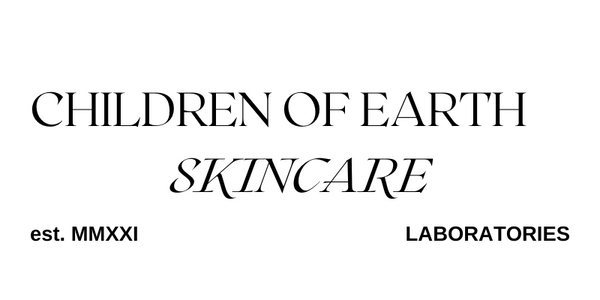
How to boost the the neurotransmitter serotonin ahead of winter, according to our new in-house Chief Skin Specialist, Aesthetic Doctor & Emotional Wellbeing Expert Dr. Azadeh Ovaici
as seen in the Independent 26/10/2024, words + interview by Emilie Lavinia
For every person who welcomes winter as a time of cosy hibernation and comfort food, there will be another one who dreads the darker days knowing that it will bring on a bout of seasonal depression. Experts believe that 35 per cent of the UK population is affected by low mood due to the shift in seasons, but take into account those who have never visited a doctor to report mental health symptoms in winter and that percentage is probably even higher.
During the winter, our sun exposure is limited in the UK due to cloud cover and fewer daylight hours. Sun exposure and time outside are fairly crucial for mental health maintenance. A decrease in sunlight can disrupt your body’s natural circadian rhythm, confusing the neurotransmitters that work to regulate your hormone levels. Limited sun exposure in cooler, darker months also equates to less vitamin D in the body and, of course, the more time we spend indoors, the less we’re exposed to fresh air, exercise and social enrichment. This all fosters a higher likelihood of anxiety and depression.
Naturally, plenty of us look for ways to maintain and improve mental wellbeing during the winter. We might turn to seasonal affective disorder, or SAD lamps, daily exercise or better sleep to stave off poor mental health – all solutions that are proven to help with nervous system and emotional regulation.
However, a new clinical trial suggests we should actually be taking a look at our gut microbiome and supplementing prebiotic fibre as a long-term mental health fix – especially at this time of year.
Dr Azadeh says: Mood and anxiety are directly correlated with hormones and chemical changes inside the body and an intake of prebiotics has shown to increase the levels of serotonin (the happy hormone), reduction in inflammatory cytokines markers (CRP) inside the body as well as changing the microbiome flora in the gut, which results in a reduction in catecholamine production (the fight or flight hormone) which reduces the fear response and hence anxiety.”
“We know that 90 per cent of neurotransmitters for serotonin are found in the gut, and this could explain that ‘sick to the stomach’ feeling we have when we are anxious. Also, there are a lot of studies showing that people who suffer from inflammatory bowel conditions such as ulcerative colitis have higher rates of depression and anxiety.”
How could pre-biotics help us during winter and what are the best examples of prebiotics?
Prebiotics are the food to help keep your friendly gut bacteria alive. Foods that are high in prebiotics are asparagus, Jerusalem artichoke, onions, garlic, leek, tomatoes, oats, honey, banana, peas, barley, rye, wheat and beans – a lot of us don’t eat these food groups in a high enough quantity to get the optimal effect from them”.
Depending on the food, prebiotics and the type of gut bacteria you have as an individual, the number of benefits they can provide are complex. We know that Lactobacillus helveticus and Bifidobacterium longum are particularly good for mood and anxiety.
[A new] study and the trial’s results support the growing body of evidence linking systemic inflammation and GI issues with mental health outcomes.
So before you pass off your low mood this winter as inevitable, you might want to consider the health of your gut and what you’re putting in it.
About Dr Azadeh Ovaici MBBS BSc MRCGP:
Our new in-house Chief Skin Specialist, Aesthetic Doctor & Emotional Wellbeing Expert is available in Kensington for private appointments to discuss all things skin, emotions and general wellbeing.
Dr Ovaici has been a doctor for over 15 years, having qualified from St George’s Hospital Medical School and Imperial College.
